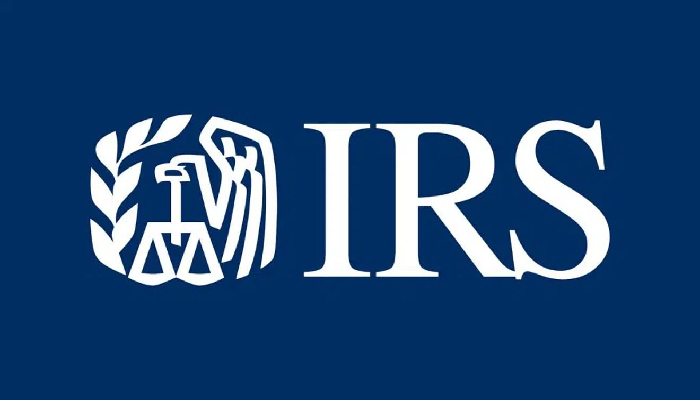One of the most difficult components of having a business is figuring out how to handle your taxes. A business owner might easily make mistakes that lead to an audit since federal tax regulations are complicated.
You could be in agreement with how the great majority of non-business people file their taxes: Employers set aside a tiny amount of each employee’s wages for the IRS.
The regulations that apply to non-workers do, however, have a few small variations. Self-employed individuals and company owners are required by law to pay anticipated quarterly taxes if their annual income exceeds a specific threshold. To estimate your self-employment taxes, utilize a self-employed quarterly tax calculator.
You must pay taxes on your wage when you get them in accordance with the law if you don’t have a manager who will take care of it for you. You can’t simply put off filing your taxes and paying everyone until April. Keeping up with anticipated tax payments is essential for small businesses, even if it is expected of many taxpayers, especially if you have to pay SECA taxes or self-employment taxes.
What is a Tax Estimate?
Instead of withholding taxes from paychecks, independent contractors and company owners pay the IRS through anticipated tax payments. Workers or company owners who receive tax forms other than a W-2 are required to pay taxes directly to the IRS four times a year. Nearly all of the tax that many people’s employers have been deducting has been abolished.
Any taxable income that you must pay in full up front, with no tax withheld, is subject to anticipated taxes. Interest, stock awards, capital gains, and other self-employment earnings may fall under this category.
Understanding different tax laws is essential whether you are starting a business or have one already. Doing so will help you determine your tax due and prevent incurring any additional fines and penalties.
Who Is Required to Pay Estimated Taxes?
Most businesses and independent contractors are required to submit quarterly estimated tax returns. You may not need that given your particular circumstances.
Everything will ultimately rely on how much money you spend overall. You should start paying quarterly estimated tax payments once again if your tax returns show a cost of $1,000 or more, including any estimated payments you have already made.
The Amount of Your Estimated Tax
If you work for yourself and earn money from items like: Income from independent contractors Partner-based compensation alimony payments
Use Form 1040-ES to report your estimated taxes for sales of certain stocks. The worksheet included with this form allows you to estimate your expected tax payments for the current tax year. You must fill out the spreadsheet with your tax deductions and your adjusted gross income (AGI) for the year.
To determine your taxable income if you are self-employed, utilize a self-employed quarterly tax calculator. At the end of the year, a penalty might be applied if your taxes are underestimated. If you are an independent contractor, you must include both self-employment tax and income tax in your expected quarterly tax payments. Include in your income tax bracket as well, don’t forget.
Is it required to make quarterly estimated tax payments?
Your employer may occasionally deduct money from your primary source of income, but you may have earned other income. If your current taxes plus the amount deducted from your paycheck equal approximately 90% of the total tax you owe for the year, you are free from making quarterly anticipated tax payments.
You can also review your most recent tax returns to see how much you owe. There is no need to make any more payments in advance if you have already paid the majority of the taxes that you owed for the previous year. The Safe Harbor regulation applies here.
You will also have to make a little amount of additional payment if your salary is higher. You must pay back 110% of your whole prior year tax due if your AGI is more than $150,000 in order to avoid having to worry about paying quarterly estimated taxes. If you are married and filing separately from your spouse but fulfill all other filing requirements, the higher threshold is only necessary if your taxable income reaches $75,000.
Conclusion
Think about the likelihood that you are anxious about providing for their requirements or that you are pressed for time to complete the necessary research. In that scenario, you have the option of using a self-employed quarterly tax calculator or choosing to consult a tax expert. Your company would save money and avoid fines if you hired a professional to manage your 1099 benefits. You’ll have ample time to focus on promoting the expansion of your firm. Keeping track of company expenses might be difficult, but if you create a business bank account, you can compile all of your data in one place.
